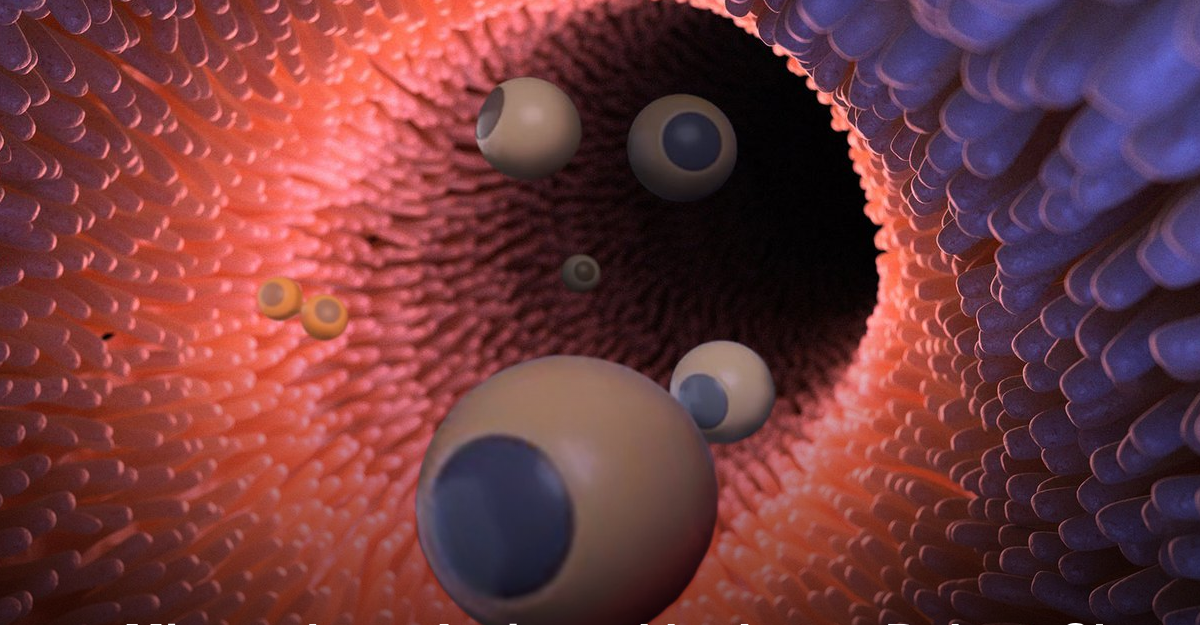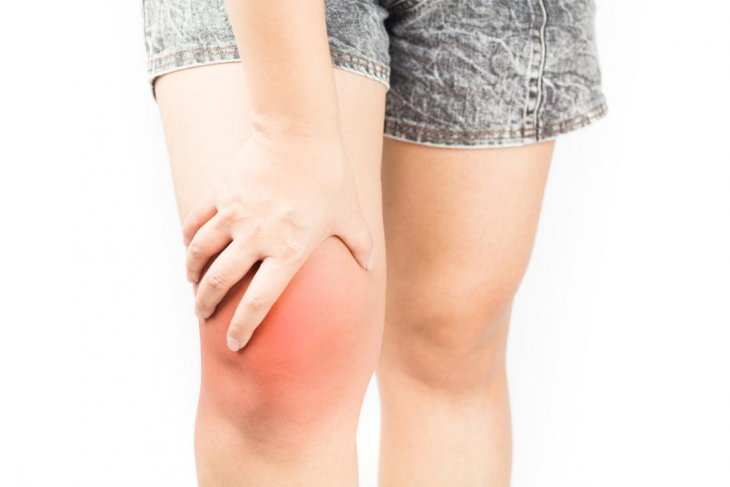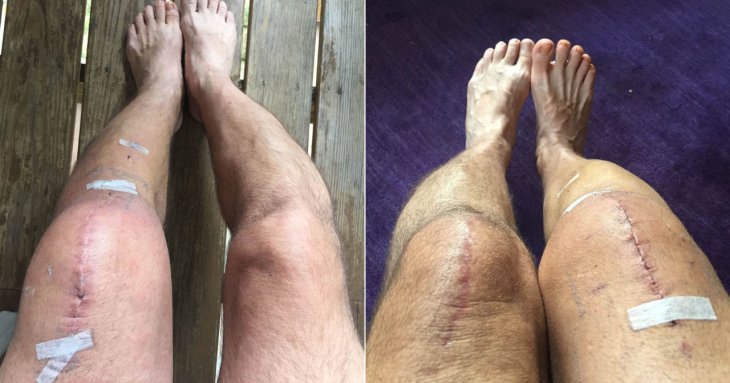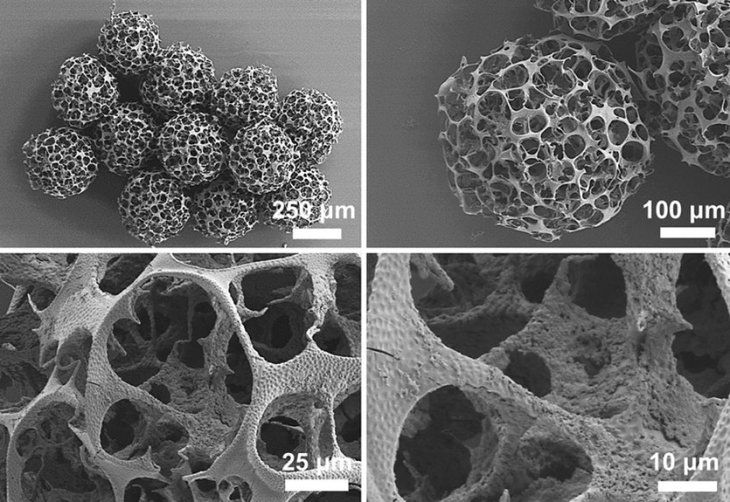This Microbot Can Treat Damaged Knees From The Inside Of Your Body
Aadhya Khatri - Jan 28, 2020

According to Eunpyo Choi, the lead researcher of this project, the microbot had been tested on animals and they planned to conduct trials on humans shortly
Experts have just created a medical magnetic microbot to deliver stem cells to the knee’s injured cartilage, an invention that promises to bring about the treatment to debilitating osteoarthritis.
According to Eunpyo Choi of the Korea Institute of Medical Microrobotics, the lead researcher of this project, the microbot had been tested on animals and they planned to conduct trials on humans shortly.
Human knees are lined with hyaline cartilage which lubricates and smooth the hinge joints. However, that part of our body can be damaged through day-to-day activity and sports.

The consequences are painful osteoarthritis and bone scraping, and the worst-case scenario is a joint replacement. In the U.S alone, between the years 1996 and 2011, the number of knee cartilage cases triples and by 2030, the figure for knee replacements is projected to grow by 85%.
So far, we only have treatments that can slow the rate of arthritis progression and cure the defect. One of them involves bone drilling to trigger the cartilage making process of the bone marrow. However, the treatment also creates fibrocartilage, an inferior grade.
Experts are also conducting experiments with mesenchymal stem cells taken from the bone marrow or fat of the patient and deliver it to the defect cartilage. However, when the stem cells are injected into the patient’s knee, most of them are washed away by the joint fluid generated during surgery.

This is when the magnetic microbot kicks in. It can deliver the stem cells to the damaged defect cartilage and keep them there. The bot is made from PLGA a polymer and it looks like a tiny soccer ball with holes all over it. Its diameter is about 350 micrometers, half as small as a grain of sugar.
What the scientists did next was to make the microbot magnetic, and they had to do so with material that is non-toxic and biodegradable. What they used is a blend of ferumoxytol and chitosan. The former is US Food and Drug Administration-approved injectable iron supplement while the latter is a sugar that can be found in shellfish exoskeleton. Chitosan is usually used to treat cholesterol and high blood pressure.
Once it has been made magnetic, the microbot is filled with stem cells and ready to be injected into the subject’s knee.
The test subject the team had is a bunny with a defected cartilage on the upper side of the knee. Before the microbot was sent in, the rabbit’s knee was wrapped by electromagnetic coil contraption.
After that, hundreds of these bots were injected and the whole process is recorded.
When the magnet is on, most of the microbots stayed where they are supposed to be with the help of a magnet outside of the knee for three weeks. However, when it is off, the bots fell away with gravity.

After the three-week treatment, the defect knee showed positive signs of healing thanks to the stem cells that were sent in.
The next step for the team is to test on humans. They shared that they would develop a system of microbot especially for knee cartilage generating of humans. They would keep its size small while making sure that its functionality remains the same.
Featured Stories

Features - Jul 01, 2025
What Are The Fastest Passenger Vehicles Ever Created?

Features - Jun 25, 2025
Japan Hydrogen Breakthrough: Scientists Crack the Clean Energy Code with...

ICT News - Jun 25, 2025
AI Intimidation Tactics: CEOs Turn Flawed Technology Into Employee Fear Machine

Review - Jun 25, 2025
Windows 11 Problems: Is Microsoft's "Best" OS Actually Getting Worse?

Features - Jun 22, 2025
Telegram Founder Pavel Durov Plans to Split $14 Billion Fortune Among 106 Children

ICT News - Jun 22, 2025
Neuralink Telepathy Chip Enables Quadriplegic Rob Greiner to Control Games with...

Features - Jun 21, 2025
This Over $100 Bottle Has Nothing But Fresh Air Inside

Features - Jun 18, 2025
Best Mobile VPN Apps for Gaming 2025: Complete Guide

Features - Jun 18, 2025
A Math Formula Tells Us How Long Everything Will Live

Features - Jun 16, 2025
Comments
Sort by Newest | Popular